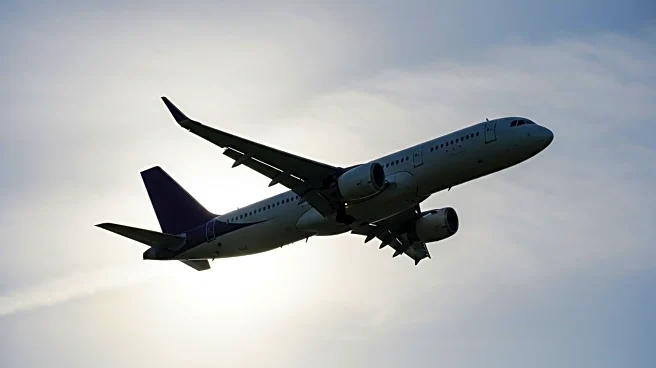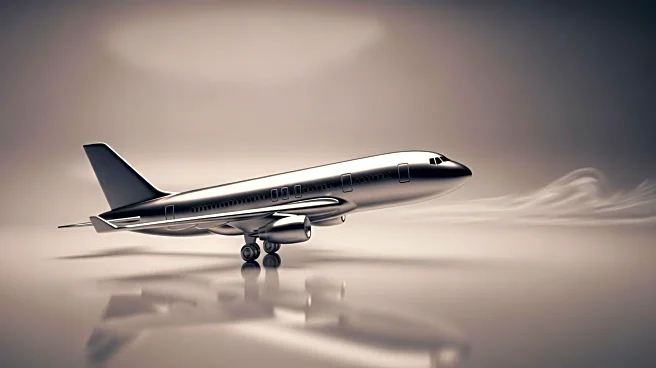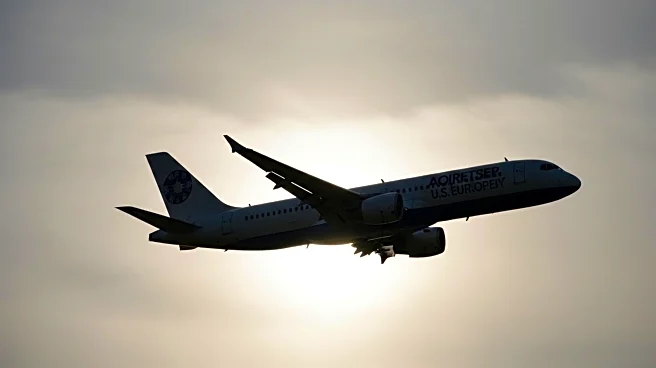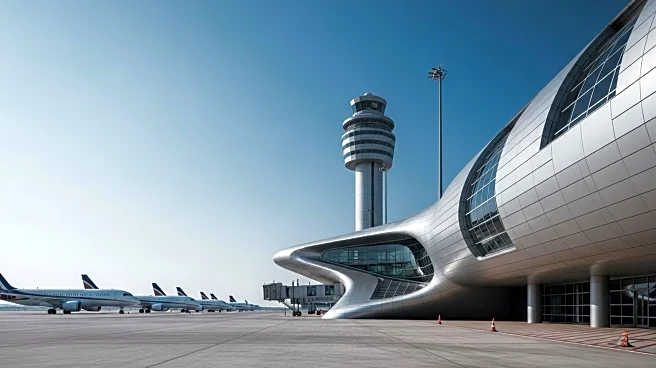What's Happening?
Spirit Airlines is set to significantly reduce its fleet by nearly 100 aircraft as part of a comprehensive bankruptcy restructuring plan. The airline, which currently operates 214 planes, filed for Chapter 11 bankruptcy protection due to prolonged financial difficulties. CFO Fred Cromer revealed during a virtual meeting with creditors that the company plans to exit more than a dozen U.S. markets and eliminate unprofitable routes to save costs. Spirit has filed a motion with the court to reject 87 additional aircraft leases, pending court approval. The restructuring aims to position Spirit as a smaller but stronger airline, with the potential to save hundreds of millions of dollars.
Why It's Important?
The fleet reduction and market exit by Spirit Airlines highlight the challenges faced by low-cost carriers in the current economic climate. Industry overcapacity, low passenger demand, and pricing pressures have contributed to Spirit's financial strain. The restructuring could impact U.S. air travel by reducing competition in certain markets, potentially leading to higher fares from remaining carriers. This move also underscores the broader struggles within the airline industry, as companies navigate post-pandemic recovery and fluctuating demand.
What's Next?
Spirit Airlines will continue to engage with stakeholders, including lessors, as part of its restructuring process. The court's decision on the motion to reject aircraft leases will be a critical next step. Additionally, Spirit's exit from various U.S. markets may prompt responses from competitors, who could adjust their strategies to capture Spirit's former customer base. The airline's future operations will depend on the successful implementation of its restructuring plan and the ability to stabilize financially.
Beyond the Headlines
Spirit's restructuring raises questions about the sustainability of the low-cost carrier model in the current economic environment. The airline's decision to cut routes and reduce its fleet may lead to decreased accessibility for budget-conscious travelers, affecting consumer choice. Furthermore, the legal and financial negotiations involved in the bankruptcy process could set precedents for other struggling airlines facing similar challenges.










